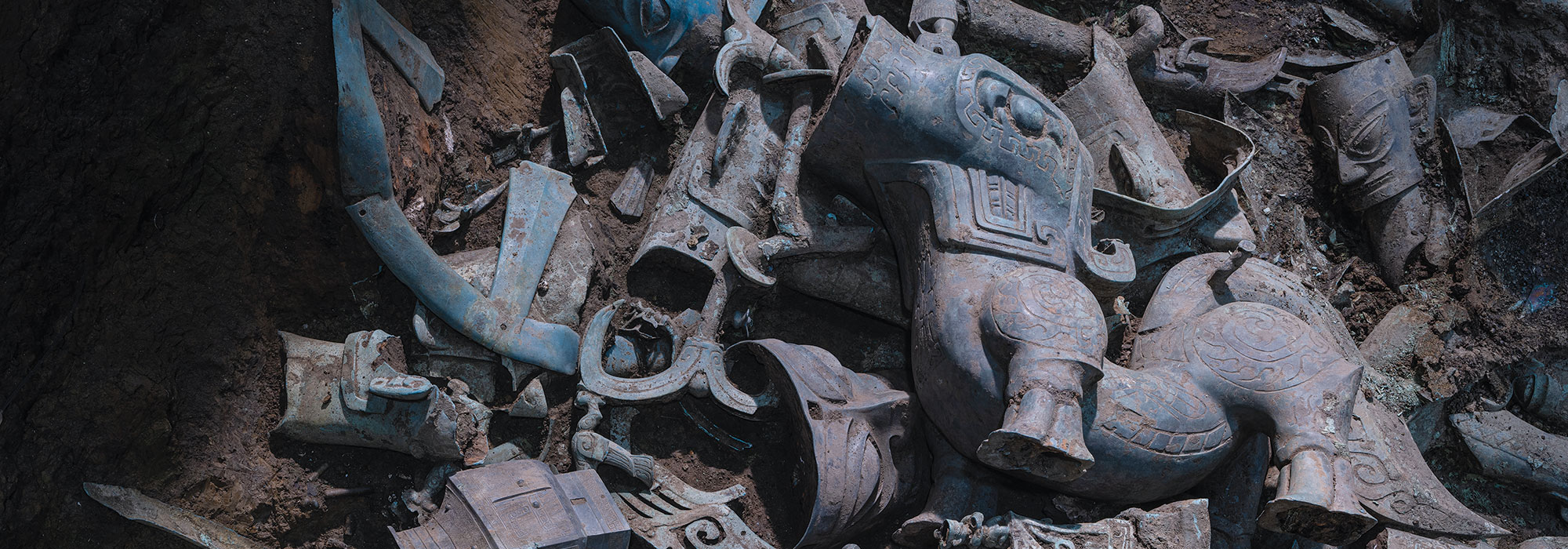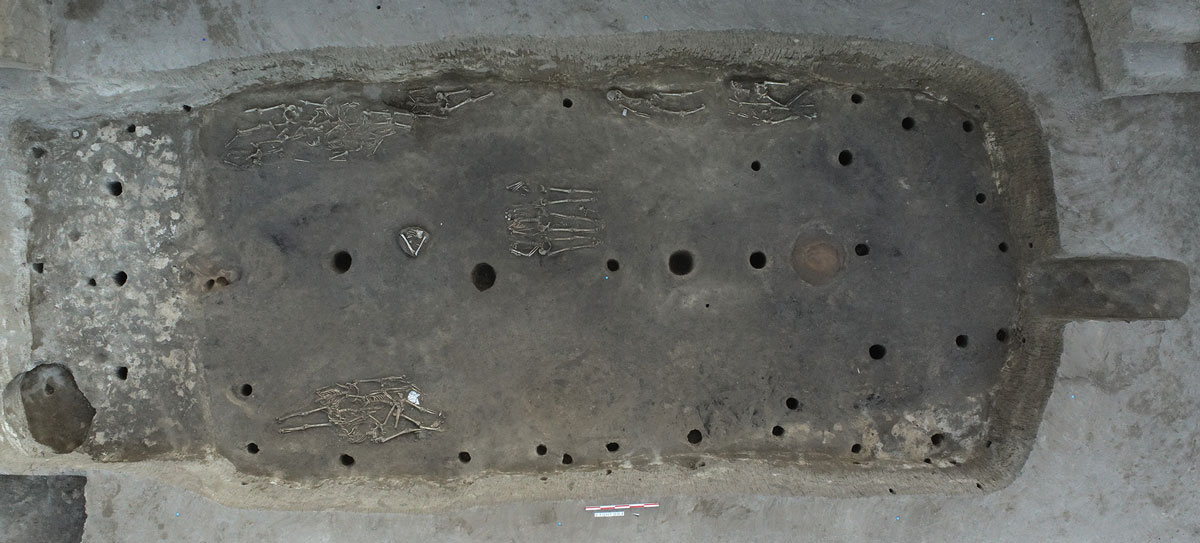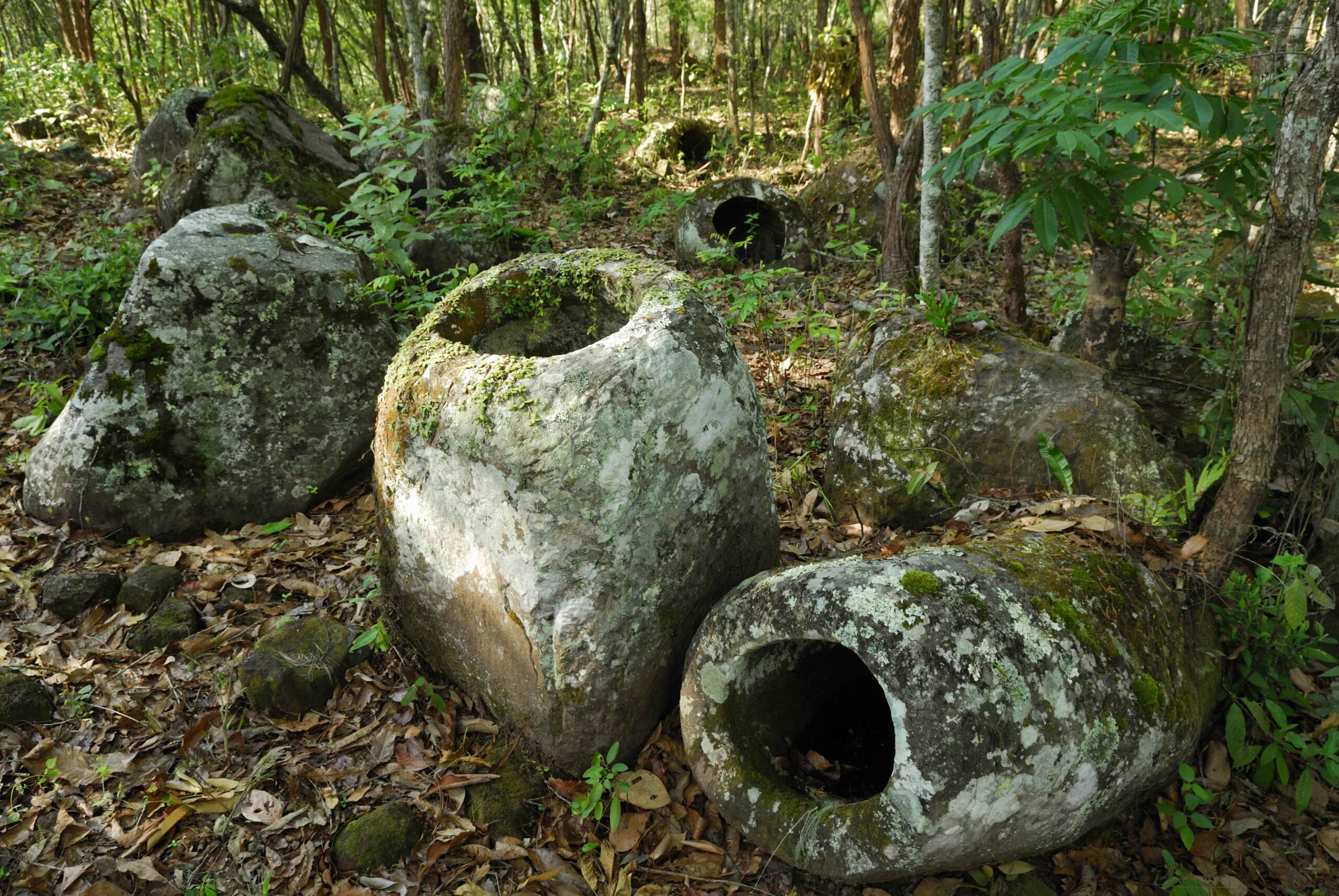
SHANXI PROVINCE, CHINA—Live Science reports that a sixth-century tomb containing the remains of a military general and his wife has been discovered in an ancient cemetery in northern China by a team made up of researchers from the Shanxi Provincial Institute of Archaeology, Shanxi University, Taiyuan Municipal Institute of Cultural Relics and Archaeology, and the Agency of Cultural Relics and Tourism of Jinyuan District, Taiyuan city. The names of Zhao Xin, and his wife, Princess Neé Liu, were found inscribed on a piece of sandstone in the tomb, which also recorded the date of their burial—the equivalent of March 18, 564—and information about their lives. Zhao Xin died at the age of 67, while he still commanded a garrison of soldiers at Huangniu Town. The inscription also states that he had led them to victory in battle with the Yi barbarians. Princess Neé Liu was said to be modest, humble, respectful, and chaste. It is not known why the two were buried at the same time, but further study of the remains is underway. The tomb also contained about 100 colored pottery figurines of warriors, camels, oxcarts, and drummers, the largest of which stands about 22 inches tall. For more, go to “China’s Legendary Flood.”









